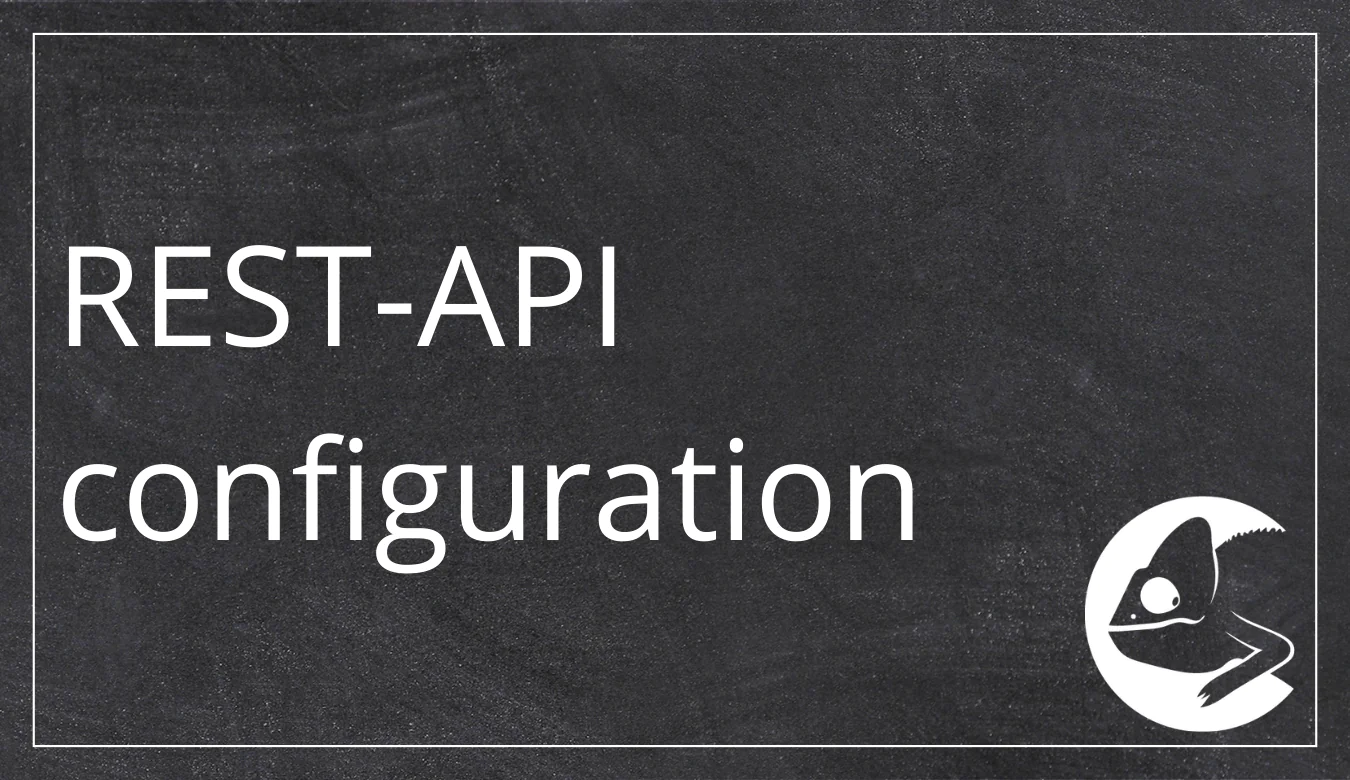
21 Mar Easily configure REST interfaces
Would you like to easily configure REST interfaces for your data recipients without extensive programming knowledge? With the feature “Provision of Custom REST APIs” in CatalogExpress, you can do just that. This feature allows you to offer your customers or customer systems (e.g., PIM or ERP systems) the ability to directly access the product data they need through the REST interface.
To learn how to configure REST interfaces effortlessly and the advantages this feature brings, please read the following article.
What is a REST Interface?
A REST interface, also known as a REST API or RESTful API, is a means of data exchange between the client (e.g., the data recipient’s PIM system) and the server. REST stands for Representational State Transfer and describes the rules for the interface. REST interfaces utilize “https requests” for data access and usage.
How Does the REST API Work in CatalogExpress?
First, you connect your sources, such as ERP and PIM systems. Then, you select the target format, such as BMEcat 1.2 or any other format you wish to dynamically provide to your customers. After mapping the data and defining data validation once, you choose “Provision of Custom REST APIs” in the distribution settings. You can then define for the REST interface:
- Which data should be queried, such as the product range, attributes, text, assets, images, PDFs, etc.
- How data can be used (e.g., product images for printing).
- Who has access.
No extensive technical background is required for this.
With the click of a button, the REST endpoint is configured, and it automatically comes with an Open API documentation.
The Open API Documentation is an open description format that helps your data recipients (e.g., retailers or customers) understand and implement the API quickly.
Afterward, your product data can be retrieved quickly, easily, and in real-time from the systems of your data recipients (e.g., retailers or customers). CatalogExpress dynamically retrieves the product data from your sources (e.g., PIM and ERP) and delivers the mapped data in the desired format to the REST interface. From there, your product data enters your customers’ respective systems.
You no longer actively push your product data to customers or data recipients; instead, they can easily pull your data from CatalogExpress through the REST interface.
The process of providing product data via the REST API occurs entirely in the background. You only need to configure the REST interfaces in CatalogExpress once and determine the update cycle. After that, you can focus on other tasks.
What Are the Benefits of Providing Custom REST APIs?
By offering custom REST APIs in CatalogExpress, you embark on a growth spiral in data syndication.
Benefits of Providing REST Interfaces in Product Data Management:
- Flexible and dynamic data provisioning
- Your data recipients can access your current product data dynamically and as needed through the REST interface, using it in real-time within their systems.
- Time savings
- This flexibility results in less need for coordination, saving time for both you and your customers.
- Increased satisfaction among your data recipients and customers
- Your customers or data recipients can query the data they need via the REST API, perfectly fitting their internal systems. The flexibility and time savings provided by dynamic product data provisioning will significantly enhance their satisfaction.
- Such a close and individual connection of systems also fosters customer loyalty.
- Greater visibility and revenue
- With more precise data and happier customers, you’ll be better listed and therefore increase your visibility, leading to better revenue.
How to Access Custom REST API Provisioning?
Access to the configuration of REST APIs is automatically provided in the Guru Package of CatalogExpress or as an optional extension in all other packages. Feel free to contact us for more information or a product demonstration.